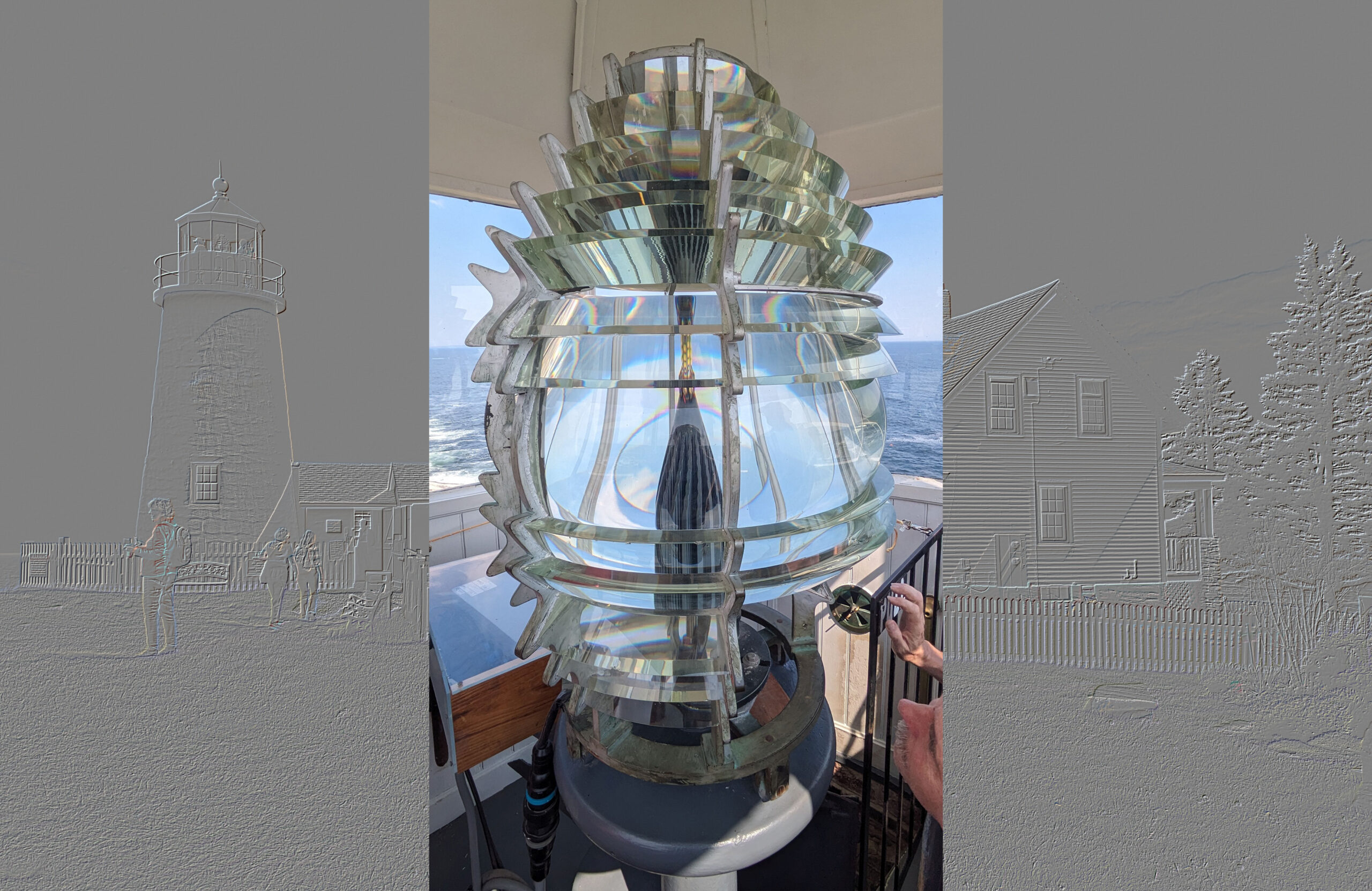NASA’s Mach 5+ X-43A, first flown on March 27, 2004
NASA’s Aeronautics Research Mission Directorate and the Air Force Research Laboratory’s Office of Scientific Research have tapped the University of Virginia in Charlottesville, Texas A&M University in College Station and Teledyne Scientific & Imaging LLC of Thousand Oaks, Calif. to be the nation’s hypersonic science centers.
The new centers will focus on Mach 5 aircraft using “air-breathing” propulsion. Of special interest to people in the ceramics field is that these centers will be spending a lot of time working on the materials and structures of such aircraft.
“NASA and the Air Force Research Laboratory have made a major commitment to advancing foundational hypersonic research and training the next generation of hypersonic researchers,” said James Pittman, principal investigator for the Hypersonics Project of NASA’s Fundamental Aeronautics Program at NASA’s Langley Research Center in Hampton, Va. “Our joint investment of $30 million over five years will support basic science and applied research that improves our understanding of hypersonic flight.”
Researchers hope to eventually create an engine that could propel aircraft to speeds exceeding 12 times the speed of sound.
Each center will have a different specialty. The UVA center will be the National Center for Hypersonic Combined Cycle Propulsion. Researchers from the University of Pittsburgh, George Washington University, Cornell University, Stanford University, Michigan State University, SUNY Buffalo, North Carolina State University, ATK GASL Inc. (Ronkonkoma, N.Y.), NIST and Boeing will join the UVA effort.
Teledyne Scientific & Imaging will be the National Hypersonic Science Center for Hypersonic Materials and Structures. Team members include researchers from the University of California, University of Colorado in Boulder, the University of Miami, Princeton University, Missouri University of Science and Technology, the University of California, Berkeley and the University of Texas.
Texas A&M’s project, the soon-to-be National Center for Hypersonic Laminar-Turbulent Transition will concentrate in boundary layer control research. It’s partners include researchers from the California Institute of Technology, the University of Arizona, the UCLA and Case Western Reserve University.
In the past, the work by NASA and the AFOSR sometimes overlapped. The announcement about establishing the three centers follows a review of each other’s technology portfolios.
“The Air Force Office of Scientific Research is very excited to continue our partnership with NASA,” said John Schmisseur, manager for the Air Force Office of Scientific Research’s Hypersonics and Turbulence Program. “The centers represent our first effort to sponsor research jointly.”
NASA and the AFOSR will each kick in approximately $15 million to fund the centers at the rate of about $2 million per year per center. The funding can be renewed for up to five years. NASA and AFOSR received more than 60 proposal before selecting UVA, Texas A&M and Teledyne.
Teledyne is clearly pleased with making the cut.
“For over three decades, Teledyne Scientific & Imaging has been a leader in the development of novel materials such as ultra-high performance ceramic composites, polymer composites, and multi-functional materials,” said Robert Mehrabian, chairman, president, and chief executive officer of Teledyne Technologies. “Teledyne is honored by our selection as a National Hypersonic Science Center from an extremely competitive group of respondents. This effort supports Teledyne’s strategy of leadership in areas of fundamental science and technology critical to the U.S. Government.”
According to its abstract, Teledyne says it will lead an effort to “[R]evolutionize the design of hypersonic vehicles by creating a new class of hybrid, hierarchical materials that achieve substantial breakthroughs in oxidation resistance, maximum useable temperature, and maximum supportable heat flux.”
The company says this will cover:
- Novel routes for combining different materials in tailored morphologies,
- New experimental methods that will enable the direct visualization of the mechanisms that control a material’s performance,
- Multi-scale probabilistic model formulations that can simulate mechanisms at all length scales with high fidelity,
- Novel methods of net-shape processing, and
- The combination of experiments and multi-scale models into a virtual test system that will transform the way in which materials are designed and qualified.
CTT Categories
- Material Innovations
- Transportation


